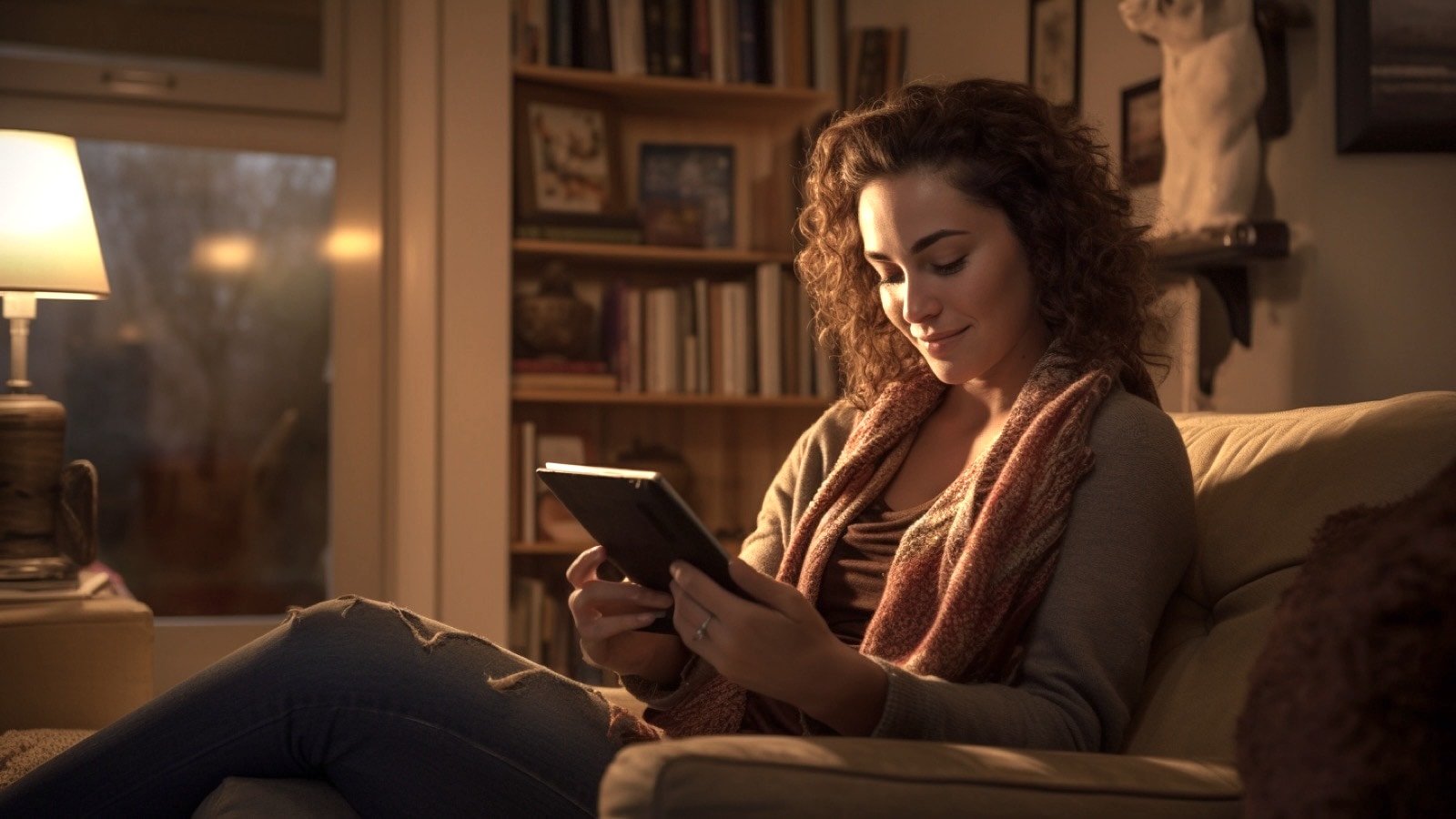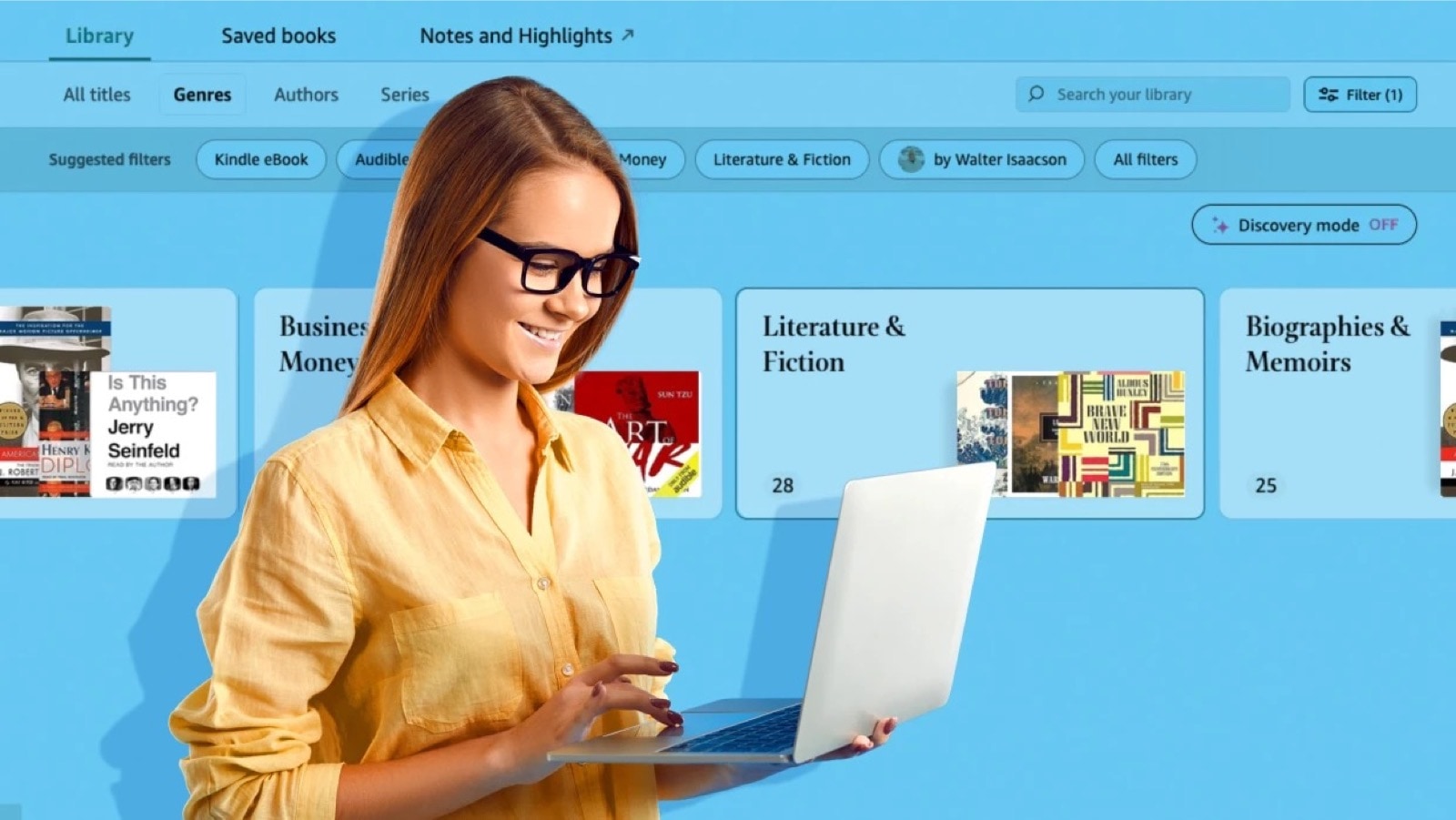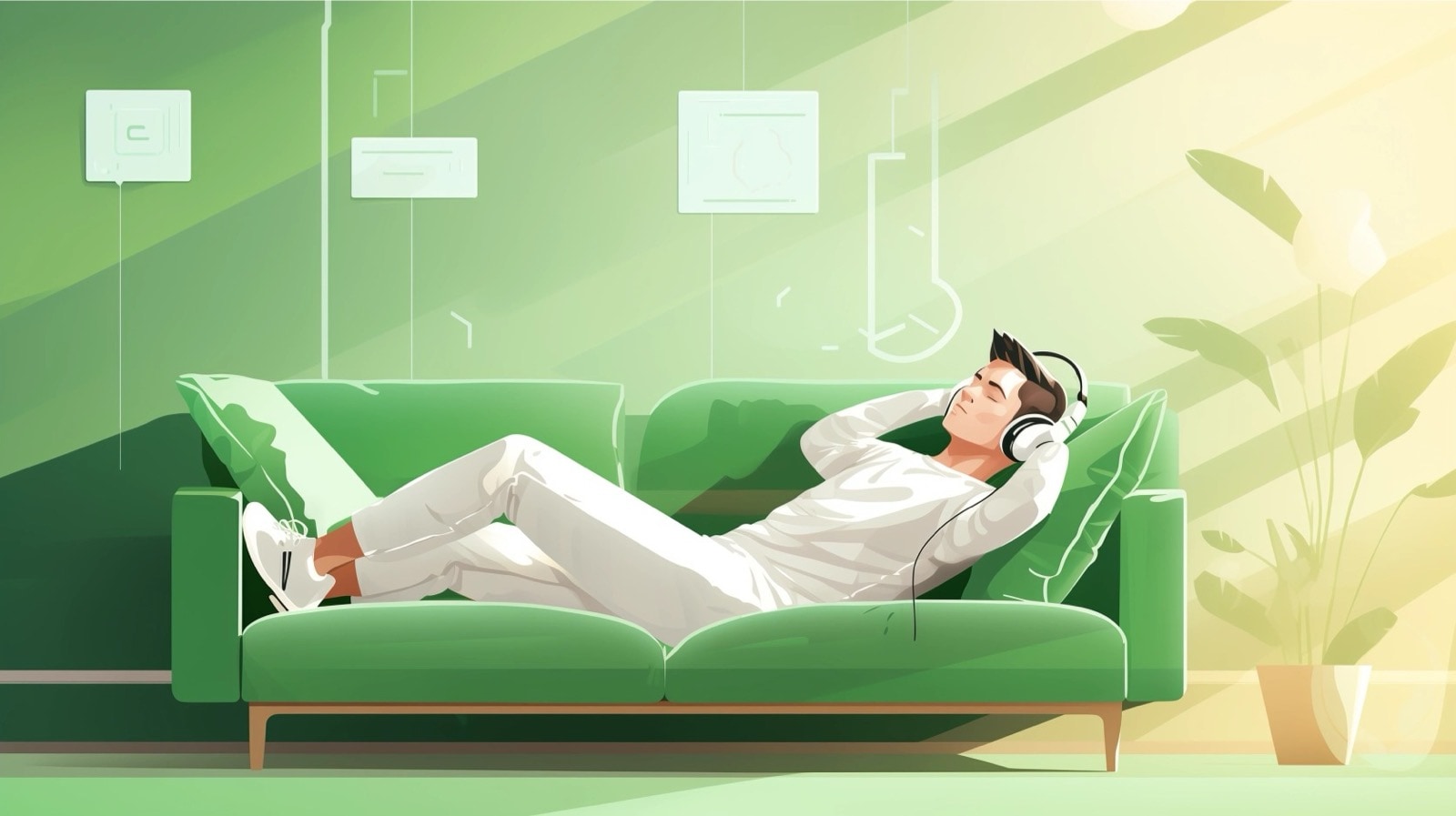
El Lissitzky was a designer, photographer, typographer, architect, and all-around artist, born in Russian Empire in 1890.
[ef-archive number=2 tag=”lists” ]
Being one of the most important figures of the Russian avant-garde, Lissitzky devoted his entire career to promoting the belief that the artist could be an agent for change.
In July 1923, in Hannover-based Merz No. 4, Lissitzky published a manifesto entitled “The topography of typography.” The artist demanded to reconsider the words, space, and design of the book, in order to give it a chance to evolve.
With the explosion of electronic books, including enhanced ebooks, the demands of the great Russian avant-garde artist couldn’t be closer to fulfill.
According to Lissitzky, the design of the book space must correspond to the tensions and pressure of content. Isn’t it a touch interface that is used, in sometimes very creative ways, in book applications for tablets and smartphones?
What about “the continuous sequence of pages?” El Lissitzky called it “the bioscopic book”. We know it much better when choosing an option to navigate through the ebook – it’s a “scroll.”
There are extremely creative projects that implement Lissitzky’s manifesto in a very smart and suitable way. Electrolibrary by Waldek Węgrzyn is a paper book that can be connected to a computer and control it. It can be done by touching a paper or turning the pages of the book.
However, it’s electronic books that are a natural way to explore all possibilities the book can give if we only stop thinking about letters on a page.
Lissitzky says: “The new book demands the new writer”. In our times it’s addressed to those who write the words… and those who write the code.
Here is the full text of El Lissitzky’s manifesto, courtesy of Eye Magazine:
Electro-library manifesto
- The words on the printed surface are taken in by seeing, not by hearing.
- One communicates meanings through the convention of words; meaning attains form through letters.
- Economy of expression: optics not phonetics.
- The design of the book-space, set according to the constraints of printing mechanics, must correspond to the tensions and pressures of content.
- The design of the book-space using process blocks which issue from the new optics. The supernatural reality of the perfected eye.
- The continuous sequence of pages: the bioscopic book.
- The new book demands the new writer. Inkpot and quill-pen are dead.
- The printed surface transcends space and time. The printed surface, the infinity of books, must be transcended. The electro-library.
Via Eye Magazine.
• • •
To get more posts like this, please subscribe by RSS or email. Let’s also connect on Facebook, Twitter, and Pinterest.
More to explore:
[ef-archive number=5 tag=”lists”]







